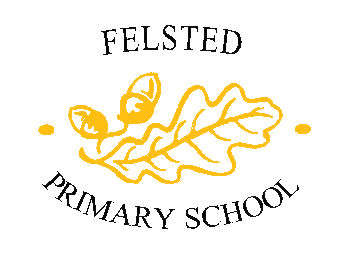Phonics

What is Phonics?
Phonics is a method of teaching children to read by linking sounds (phonemes) and the symbols that represent them (graphemes). In UK primary schools, phonics is the method that is used for teaching reading and writing in the English language. It is all about how the alphabetic system works, and how to apply it in reading and spelling. A phonics programme should promote the use of phonics as the route to reading unknown words before any other strategies are taught
It is vitally important that children are taught phonics in a systematic and synthetic way. The definition of systematic phonics teaching is the direct teaching of a set of grapheme/phoneme correspondence (GPC) in a clearly defined sequence. Synthetic phonics teaches children how to blend or synthesise words using the smallest unit of sound (phoneme). First they are taught to connect the sound with the written representation (graphemes) which may be one letter or a group of letters (for example ai, igh). Then they are taught to read by blending these sounds together. Spelling (also known as segmentation) is the reverse process. Systematic means that the teaching progression is logical, starting with single letter sounds to enable children to read and spell simple words, leading to consonant digraphs and vowel digraphs (2 and 3 letter units) and longer words. Common exception words or high frequency words are also taught in a progression that fits within the phonics teaching programme.
Once children can hear phonemes and identify the corresponding graphemes, they can be taught to use this phonic knowledge to create words by blending from left to right, for example, ‘c – a – t’, blended together gives ‘cat’.
As the number of phonemes and corresponding graphemes that the children know increases, so does the number of words they can decode (read) and subsequently construct (spell then write). Phonics is essential for children to become successful readers, spellers and writers in the early years of schooling and beyond. In the first three years of their school life, it is a requirement that all children should have a daily lesson of phonics. Over these years a systematic synthetic approach should be followed in order that the best possible outcomes are available for all children.
What is the Monster Phonics Approach?
Monster Phonics is a highly-engaging, structured, synthetic phonics programme. It facilitates learning by allowing children to learn new graphemes by using monsters to group graphemes for recall and to provide an easy and fun memory cue for children. It also uses colour-coding to highlight the grapheme when teaching a new grapheme. Once taught and secure, the colour is removed. Monster Phonics matches the Reception EYFS framework and KS1 Spelling Curriculum. It progresses from simple to more complex phonic knowledge and skills, and ensures that prior knowledge is built upon. The main principles of systematic synthetic phonics teaching are followed, allowing children to become confident and successful readers, spellers and writers from a very early stage in their school life. Sounds are categorised into ten colour groups and each colour has a corresponding monster character who all appear in story and song hooks, teaching PowerPoints, worksheets and activity resources, online downloadable apps, and the inclusive reading scheme and eBooks. The ten colours and corresponding monsters derived from Monster Phonics identifying the areas of phonics that present the biggest obstacles to learning, and each of these areas are outlined below:
The long A phoneme is made by the red character called Angry Red A. The graphemes that make the long A phoneme are coloured red.
The long E phoneme is made by the green character called Green Froggy. The graphemes that make the long E phoneme are coloured green.
The long I phoneme is made by the yellow I character called Yellow I. The graphemes that make the long I sound are coloured yellow.
The long O phoneme is made by the pink character called Miss Oh No. The graphemes that make the long O sound are coloured pink.
The long U phoneme is made by the purple character called U-Hoo. The graphemes that make the long U sound are coloured purple.
The long oo phoneme is made by the blue character called Cool Blue. The graphemes that make the long oo sound are coloured blue.
The long ow phoneme is made by the brown character called Brown Owl. The graphemes that make the long ow sound are coloured brown.
Silent letters are represented by the Silent Ghosts which make no sound. They are coloured white.
The Tricky Letters are graphemes that have a different phoneme from what has been taught previously. They do not show regular grapheme-phoneme correspondence and are represented by the Tricky Witch character. They are coloured gold.
At the heart of Monster Phonics are the multisensory activities focused on the specific Learning Objective. These enables all types of learners to have more access to the teaching and learning, again enhancing the amount of success that takes place within the area of phonics
